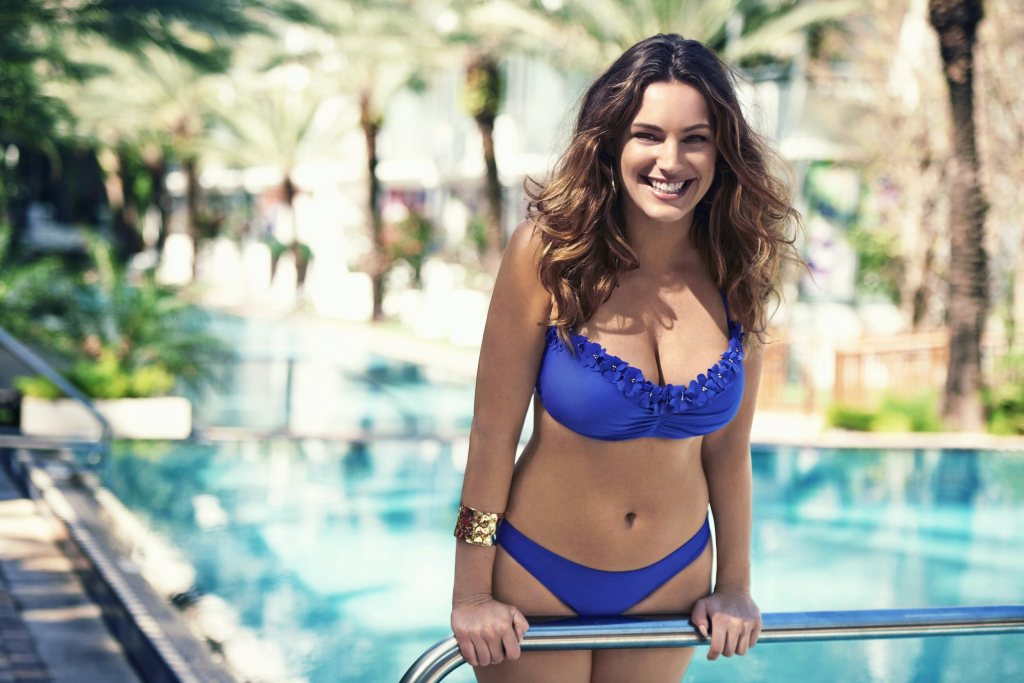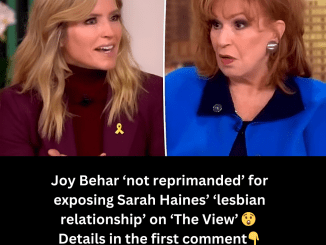In a world where beauty standards are ever-evolving, one name has managed to stay relevant and iconic—Kelly Brook. As a model, actress, and media personality, Kelly has captivated audiences worldwide with her stunning looks and down-to-earth personality. But what sets her apart in a sea of beautiful faces? It turns out, Kelly Brook’s physique aligns almost perfectly with the scientific ideals of beauty, making her an embodiment of what researchers claim is the “perfect” female form. But is beauty really a matter of scientific measurements, or is there more to it? Let’s delve deeper into the life and allure of Kelly Brook.
The Evolution of Beauty Standards Through Time

Before we dive into the science behind Kelly Brook’s appeal, let’s take a moment to understand how beauty standards have transformed over the years. What people consider beautiful has never been static; it has shifted with cultural and societal trends. Decades ago, Marilyn Monroe was celebrated as the epitome of feminine allure with her curvaceous figure and radiant smile. Go back a few hundred years, and you’ll find that fuller figures were admired as a symbol of health and wealth, especially during the Renaissance.
In the 1980s, the ideal woman was athletic and toned, reflecting the era’s emphasis on fitness and physical prowess. Fast forward to the 1990s, and the beauty standard flipped entirely—models were expected to be ultra-thin, almost translucent, a look popularized by the “heroin chic” trend. Today, the world has returned to celebrating curves, but with a scientific twist. Researchers have now identified a set of physical proportions that supposedly represent the perfect female body, and Kelly Brook fits this mold almost flawlessly.
What Science Says About the “Perfect” Body
According to researchers from the University of Texas, the ideal female body has specific measurements: a height of 1.68 meters (5’5″), and a bust, waist, and hip size of 99, 63, and 91 cm (38.9, 24.8, and 35.8 inches) respectively. These proportions have been found to be universally attractive, with a particular emphasis on a low waist-to-hip ratio, which is often associated with fertility and health.
These measurements might seem arbitrary, but science suggests that they align with deep-seated evolutionary preferences. Studies show that men tend to be drawn to curvier women, possibly because these body shapes signal reproductive health. While these standards might sound restrictive, they highlight an interesting connection between biology and attraction.
Kelly Brook: The Living Example of the “Perfect” Measurements
So, who exemplifies these scientific standards? Enter Kelly Brook. Standing at 5’5″ with measurements that closely align with the University of Texas’s findings, she has become an icon of natural beauty in a world dominated by filters and Photoshop. Ironically, Kelly’s journey to becoming a celebrated model wasn’t easy. Early in her career, she was often rejected by agencies for being “too plump” in an era where ultra-thin models reigned supreme. Yet, her natural curves and authentic charm eventually made her stand out.
In 2005, she was even named the “sexiest woman alive,” a title that further solidified her place as a symbol of timeless beauty. Unlike other models who fit the mold of their respective times, Kelly’s appeal has been far more enduring. Her natural physique and confidence continue to captivate fans across generations, proving that beauty isn’t just about fitting trends—it’s about embracing who you are.
Why Curves Matter: The Psychological Appeal of a Curvier Figure
Why is there such an emphasis on curves? The answer lies in both biology and psychology. A low waist-to-hip ratio, which Kelly Brook naturally possesses, has long been associated with fertility and good health. Evolutionarily, this may signal reproductive potential, which can make it inherently appealing. But it’s not just about reproduction. Curves have a visual appeal that aligns with what psychologists call the “Golden Ratio,” a proportion often found in nature and art that’s naturally pleasing to the eye.

Moreover, curves add dimension and movement, which can be visually engaging. When we look at icons like Marilyn Monroe, Kim Kardashian, or Kelly Brook, we see a common thread: each of these women has embraced her unique shape, enhancing her natural beauty rather than conforming to one-size-fits-all standards.
Overcoming the Industry’s Thin Ideal
Kelly Brook’s journey in the fashion and modeling industry highlights the challenges faced by women who don’t fit traditional molds. In the 90s and early 2000s, the industry favored ultra-thin bodies, and Kelly’s curvy figure was often dismissed as “too much.” Yet, she remained resilient, embracing her natural shape and proving that beauty doesn’t have to conform to narrow definitions.
As the fashion industry begins to recognize the value of diversity, Kelly Brook’s success story serves as an inspiration. She is proof that authenticity can break barriers, and she has encouraged countless women to feel confident in their own skin. Today, she is not just a model; she is a role model for self-acceptance and body positivity.
The Subjective Nature of Beauty

While science may have its metrics, beauty ultimately remains subjective. Cultural influences, personal experiences, and individual preferences all play a role in what we find attractive. Some people may value the petite elegance of Audrey Hepburn, while others admire the athletic build of Serena Williams. In this sense, Kelly Brook’s physique may align with scientific standards, but her real appeal lies in her confidence and ability to embrace her unique look.
After all, beauty is far more than physical appearance. It encompasses personality, charisma, and kindness—qualities that can’t be measured by a waistline or hip size. Kelly Brook’s charm is as much about her joyful spirit and approachable personality as it is about her physical attributes.
A Reminder That Beauty Is in the Eye of the Beholder
In the end, Kelly Brook’s story reminds us that beauty is fluid and personal. Society’s standards will continue to shift, and science may provide insights, but the most important aspect of beauty is how we perceive ourselves. Kelly has shown the world that beauty isn’t about conforming to external standards—it’s about owning who you are and radiating confidence.

For those striving to look like someone else, Kelly Brook’s journey is a gentle reminder to celebrate your individuality. Trends come and go, but self-acceptance and inner happiness are timeless. Beauty may indeed be in the eye of the beholder, but true beauty comes from being unapologetically yourself.
Conclusion: Embracing Authenticity as the True Standard of Beauty
As beauty standards evolve and scientific studies attempt to define the “perfect” body, Kelly Brook stands as a testament to the power of embracing one’s natural shape. Her journey through an industry that once rejected her is inspiring for anyone who has ever felt pressured to conform to a narrow definition of beauty.
In the end, Kelly Brook’s success is not just due to her adherence to scientific ideals; it’s due to her authenticity. She embodies a unique blend of natural beauty, confidence, and kindness, making her an icon in her own right. While society may continue to explore and redefine beauty, Kelly’s story is a reminder that the most attractive quality any person can possess is self-love. So, embrace who you are, and let your true beauty shine—just like Kelly Brook.


